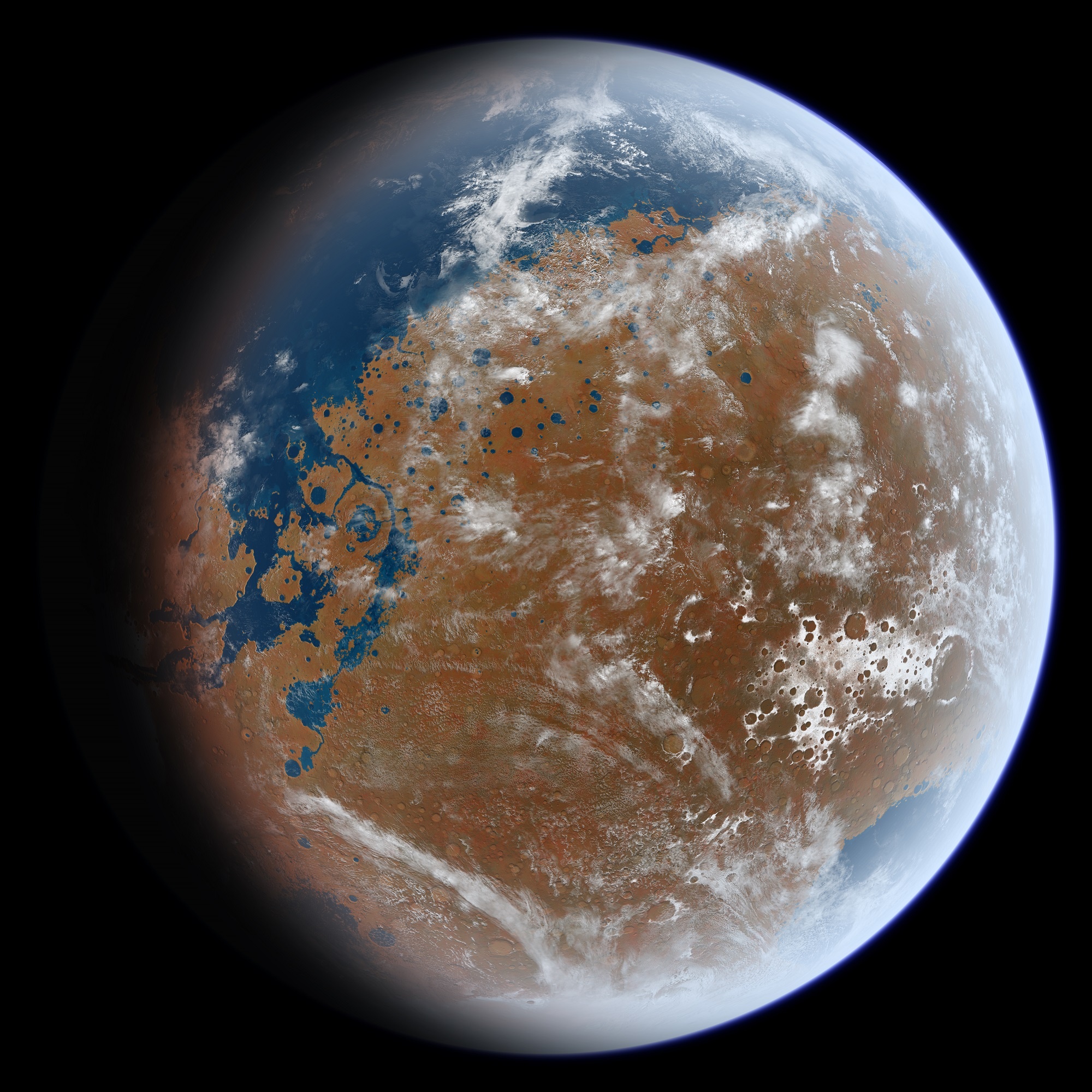Extraterrestrial Life and the Search for Aliens
Search for extraterrestrial life,new paper suggests Aliens Already have engeignerez others planet beyond our solar system.
The paper argues that searching for these types of techno signatures could be more promising than just looking for direct communication signals from alien civilizations. The authors note that even an advanced alien civilization may not be actively trying to contact us, but they may still inadvertently leave behind detectable evidence of their presence and technological capabilities.
Overall, the paper proposes an intriguing new approach to the search for extraterrestrial intelligence (SETI) that focuses on identifying potential signs of alien-engineered planetary systems rather than just radio signals. The authors hope this will open up new avenues for discovering advanced life elsewhere in the universe.
The search for extraterrestrial life is not limited to our own solar system. Scientists have been studying exoplanets, which are planets that orbit stars outside of our solar system. The discovery of exoplanets has expanded our understanding of the potential for life beyond Earth. However, it is important to note that our knowledge of exoplanets is still limited, and we are only beginning to explore their potential habitability.
Critically évaluation the sources and evidence to ensure their reliability. Extraordinary claims require extraordinary evidence, and the Worldwide research community carefully scrutinizes such claims to ensure the integrity of the new History and Civilization about this Planet.
Search for extraterrestrial life,new paper suggests Aliens Already have engeignerez others planet beyond our solar system.
The paper argues that searching for these types of techno signatures could be more promising than just looking for direct communication signals from alien civilizations. The authors note that even an advanced alien civilization may not be actively trying to contact us, but they may still inadvertently leave behind detectable evidence of their presence and technological capabilities.
Overall, the paper proposes an intriguing new approach to the search for extraterrestrial intelligence (SETI) that focuses on identifying potential signs of alien-engineered planetary systems rather than just radio signals. The authors hope this will open up new avenues for discovering advanced life elsewhere in the universe.
The search for extraterrestrial life is not limited to our own solar system. Scientists have been studying exoplanets, which are planets that orbit stars outside of our solar system. The discovery of exoplanets has expanded our understanding of the potential for life beyond Earth. However, it is important to note that our knowledge of exoplanets is still limited, and we are only beginning to explore their potential habitability.
Critically évaluation the sources and evidence to ensure their reliability. Extraordinary claims require extraordinary evidence, and the Worldwide research community carefully scrutinizes such claims to ensure the integrity of the new History and Civilization about this Planet.
Extraterrestrial Life and the Search for Aliens
Search for extraterrestrial life,new paper suggests Aliens Already have engeignerez others planet beyond our solar system.
The paper argues that searching for these types of techno signatures could be more promising than just looking for direct communication signals from alien civilizations. The authors note that even an advanced alien civilization may not be actively trying to contact us, but they may still inadvertently leave behind detectable evidence of their presence and technological capabilities.
Overall, the paper proposes an intriguing new approach to the search for extraterrestrial intelligence (SETI) that focuses on identifying potential signs of alien-engineered planetary systems rather than just radio signals. The authors hope this will open up new avenues for discovering advanced life elsewhere in the universe.
The search for extraterrestrial life is not limited to our own solar system. Scientists have been studying exoplanets, which are planets that orbit stars outside of our solar system. The discovery of exoplanets has expanded our understanding of the potential for life beyond Earth. However, it is important to note that our knowledge of exoplanets is still limited, and we are only beginning to explore their potential habitability.
Critically évaluation the sources and evidence to ensure their reliability. Extraordinary claims require extraordinary evidence, and the Worldwide research community carefully scrutinizes such claims to ensure the integrity of the new History and Civilization about this Planet.
0 Comments
0 Shares
3K Views








